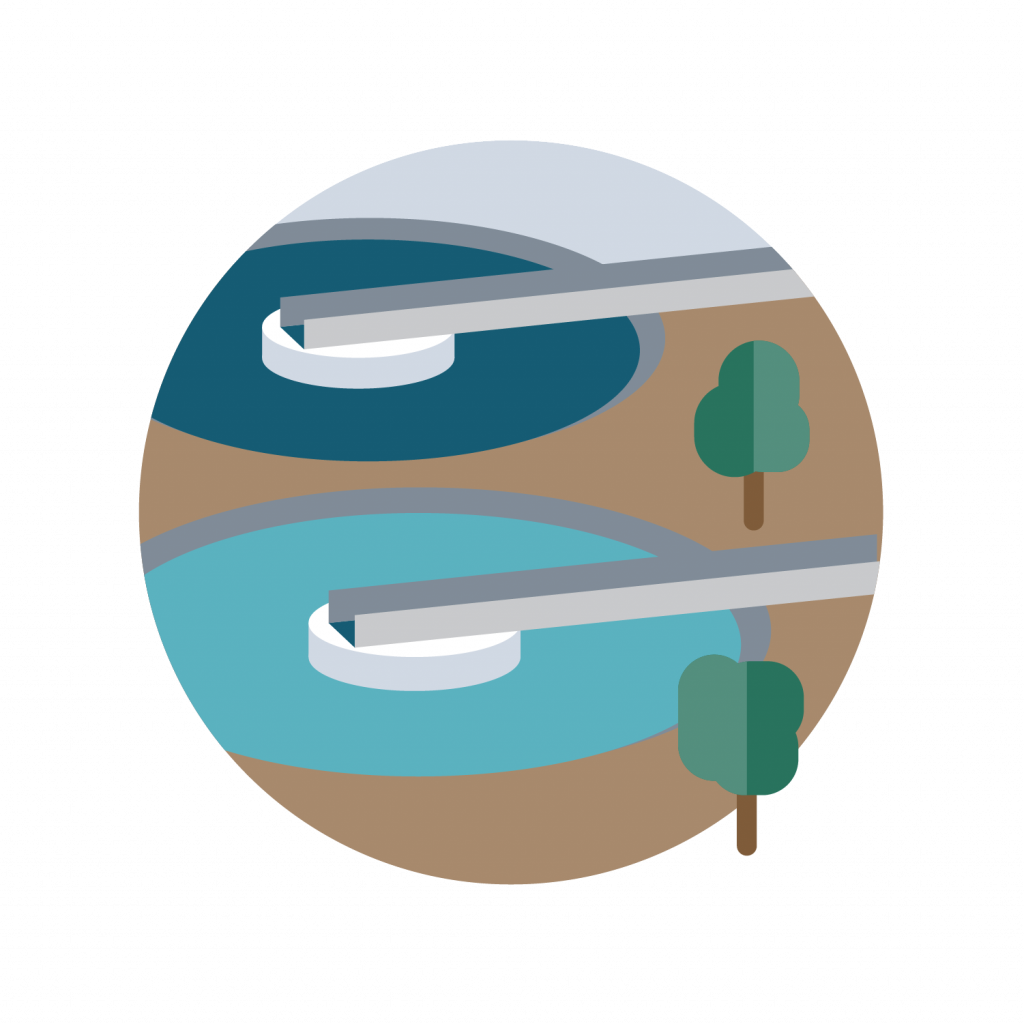Follow the Drop – Wastewater Treatment Plant

Wastewater Treatment Plant

Definition
Contaminants: A substance that, in a sufficient concentration, will cause adverse effects to water, land, fish, or other things potentially rendering it unusable.
After being exposed to contaminants, you’ll be relieved to hear that cities and communities are required to have wastewater collection and treatment systems. Wastewater collection typically begins with commercial or residential plumbing that directs water to the larger wastewater collection pipes, also called the sewer, that run beneath our roads.
Once at the treatment plant, wastewater is treated to remove contaminants and is then released back into a river or other water body. Treatment processes include screens to remove garbage, settling ponds to remove solids, surface skimmers to remove grease, and bacteria digestion cells or tanks where microbes consume the excess nutrients in the water.
When wastewater arrives at the water treatment plant, its quality is poor. This is because it is carrying all of the waste that went down toilets, as well as food bits and grease from kitchens and restaurants, soaps and detergents, cleaning products that were used in homes and institutions, and many industrial chemicals and substances. The purpose of the wastewater treatment plant is to remove as much of these contaminants as possible. Although up-to-date wastewater treatment plants are highly effective, some contaminants cannot be removed and are still in the water when released back into the environment. (e.g. microplastics and pharmaceuticals).
Learn more about water treatment and wastewater treatment processes.
Fun Fact
Digestion cells or tanks: Sludge is produced as a product of treating wastewater and can be used to create energy or provide nutrient rich organic material for farms.
Where next?
Because you have been treated at the wastewater plant, you are ready for release! Your only option is to be discharged into the middle section of the Bow River.
